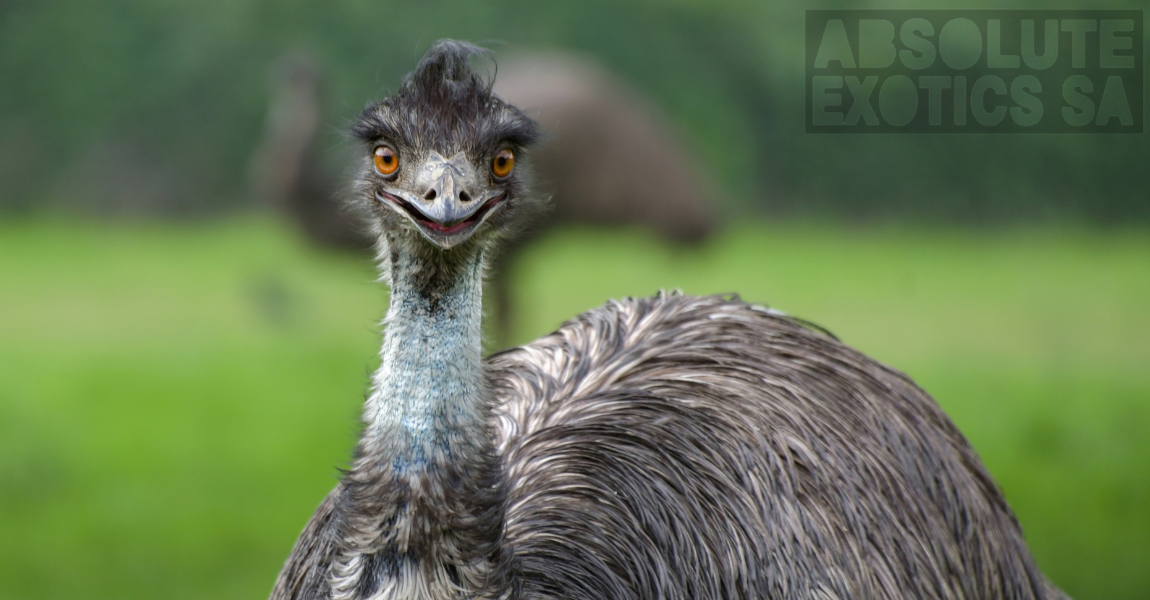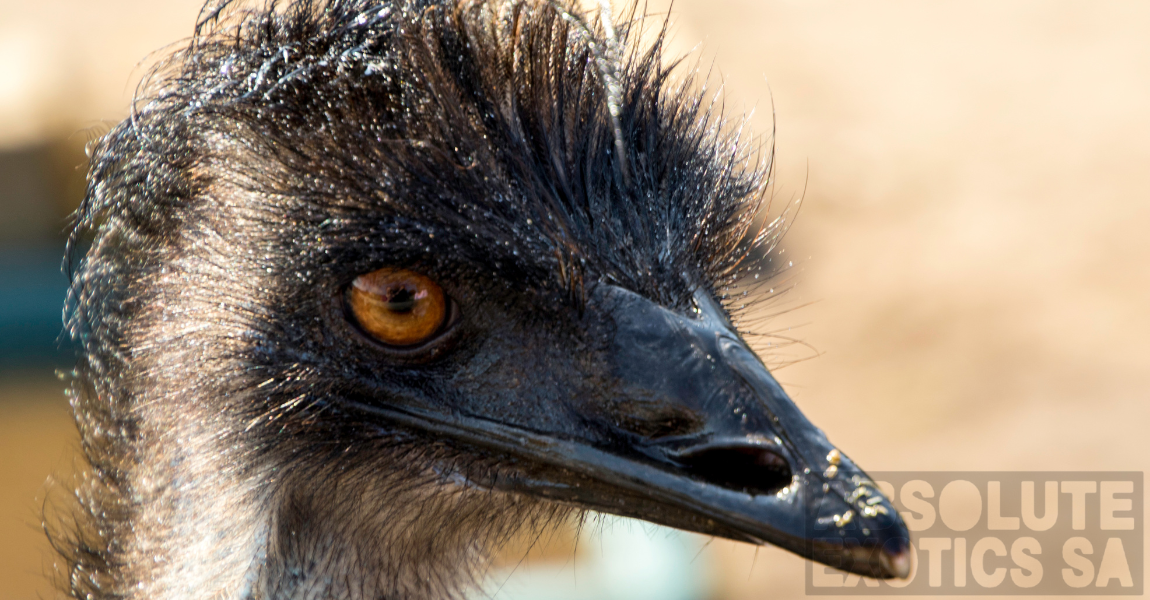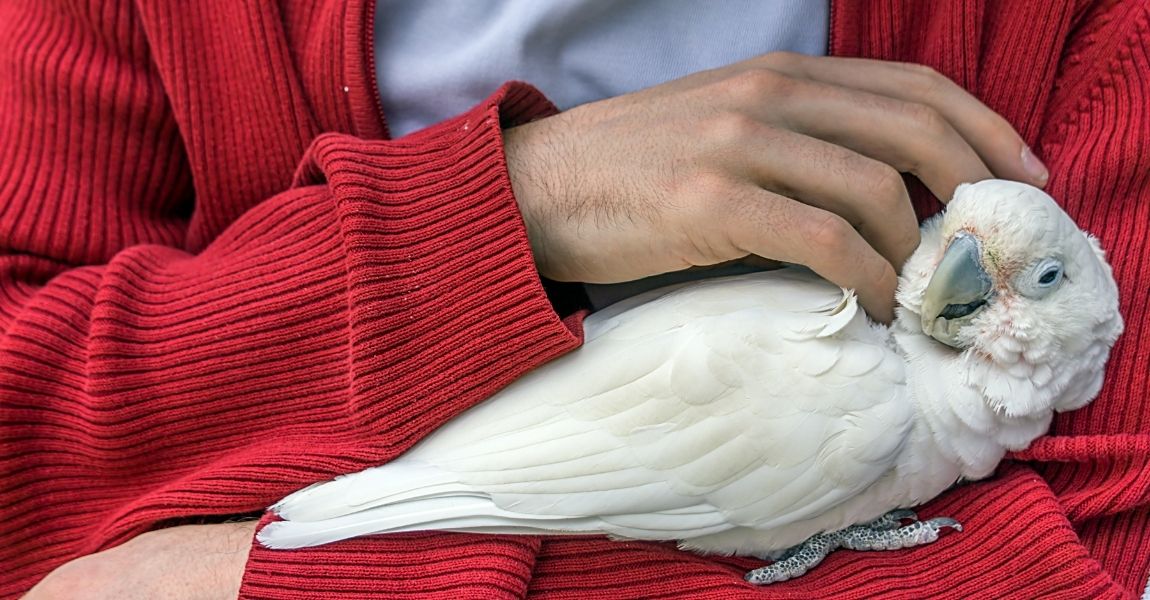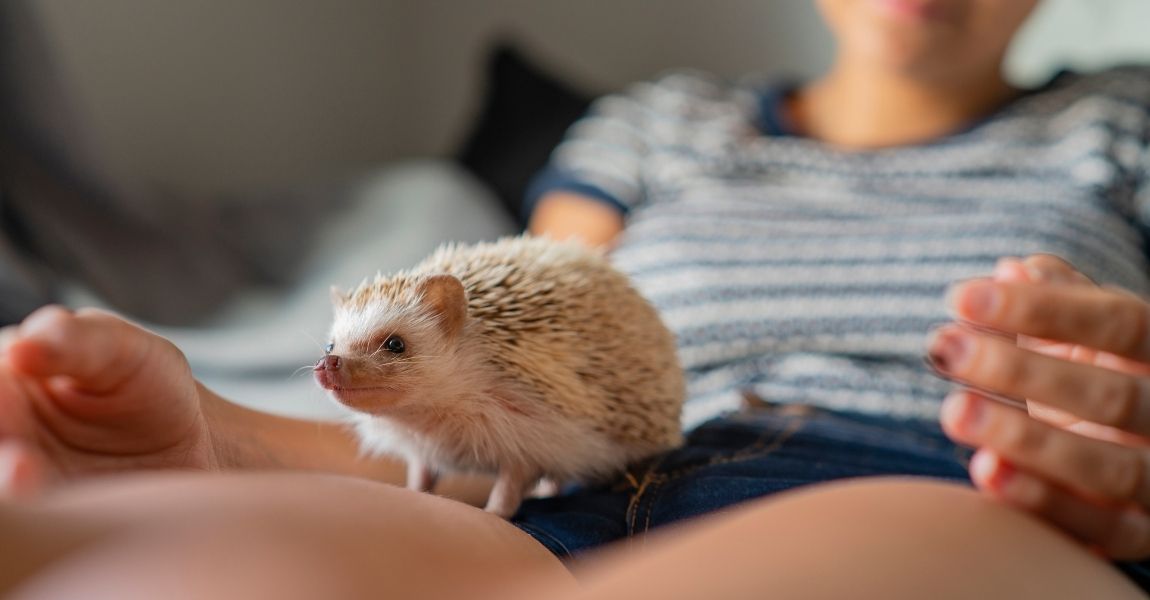Introduction:
When it comes to keeping emus in captivity, providing them with a suitable and secure enclosure is of utmost importance. Emus are large, flightless birds that require ample space to roam, specific environmental conditions, and proper fencing to ensure their safety and well-being. In this article, we will explore the essential factors to consider when designing emu enclosures to help you create an ideal living space for these fascinating birds.
 Space Requirements:
Space Requirements:
Emus are naturally active birds and require significant space to move around. Here are some key points to consider regarding space:
a. Size: The recommended minimum space for a pair of emus is one acre. However, larger enclosures are preferable to allow for increased mobility and to minimize stress levels.
b. Fencing Height: Emus are tall birds and can reach impressive heights. Fencing should be at least 6-8 feet (1.2 - 2.4 meter) tall to prevent escape attempts.
c. Multiple Compartments: Dividing the enclosure into multiple compartments can be beneficial, as it allows for rotational grazing and prevents overgrazing in a specific area.
Shelter and Environmental Conditions:
Emus require adequate shelter and environmental conditions to thrive. Consider the following aspects:
a. Shelter: Emus need access to a sheltered area to protect them from extreme weather conditions, such as excessive heat, cold, or heavy rain. The shelter should be spacious enough to accommodate all the emus comfortably.
b. Substrate: The flooring of the enclosure should consist of a suitable substrate, such as sand or grass, which allows for natural behaviors like dust bathing.
c. Water Source: Emus need access to a clean and easily accessible water source, such as a shallow pool or trough. Regularly check and refill the water to ensure its freshness.
d. Shade: Providing natural or artificial shading options within the enclosure is crucial to protect emus from direct sunlight, especially during hot summer months.
 Fencing and Security:
Fencing and Security:
Emus are known for their inquisitive nature and can potentially be escape artists. Proper fencing and security measures are vital:
a. Fencing Material: Use sturdy fencing materials like chain-link or woven wire to prevent emus from squeezing through or breaking the enclosure.
b. Digging Prevention: Emus have a tendency to dig, so it is important to secure the bottom of the fence by extending it underground or using an apron-style barrier.
c. Predator Protection: Ensure the enclosure is secure from potential predators like dogs, foxes, or large birds of prey. Consider installing an overhead netting or wire mesh to provide additional protection.
 Environmental Enrichment:
Environmental Enrichment:
To promote the physical and mental well-being of emus, incorporate environmental enrichment within the enclosure:
a. Vegetation and Foraging Opportunities: Planting native vegetation and providing areas for natural foraging can mimic their wild feeding behavior.
b. Hiding Places and Perches: Include structures like logs, rocks, or elevated perches to provide hiding spots and encourage natural behaviors.
c. Environmental Stimuli: Offer objects for pecking, such as hanging toys or food puzzles, to provide mental stimulation and prevent boredom.
Conclusion:
Designing an emu enclosure that meets the specific needs of these unique birds is essential for their health and happiness. By providing ample space, suitable environmental conditions, secure fencing, and enriching elements, you can create an ideal living environment for emus in captivity. Always prioritize their safety and consult with experts or experienced emu owners to ensure your enclosure meets all the necessary requirements.





